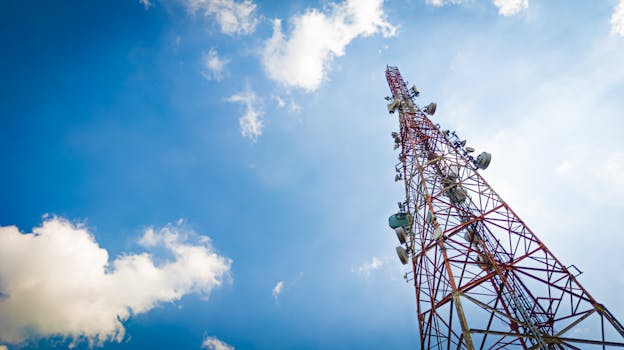
Satellites as Sentries: Advanced Technologies for Global Communication and Surveillance – Satellites
Satellites as Sentries: Advanced Technologies for Global Communication and Surveillance – Satellites have revolutionized the way we communicate and monitor the world. With the advent of advanced technologies, satellites have become an essential component of modern life, enabling real-time communication, navigation, and surveillance. In this article, we will explore the role of satellites in global communication and surveillance, and examine the latest advancements in satellite technology.
Satellites have been in use for several decades, with the first satellite, Sputnik, launched by the Soviet Union in 1957. Since then, thousands of satellites have been launched into orbit, with many more planned for the future. Satellites have a wide range of applications, including communication, navigation, weather forecasting, and Earth observation. However, their role in global communication and surveillance is perhaps the most critical, as they enable the transmission of data and signals across the globe, and provide real-time monitoring of the Earth’s surface.
Global Communication
Satellites play a vital role in global communication, enabling the transmission of data, voice, and video signals across the globe. Satellite communication systems use a network of satellites in orbit around the Earth to transmit signals, which are then received by ground stations or other satellites. This allows for real-time communication between people and devices across the globe, regardless of geographical location. Satellite communication is particularly important for remote or underserved areas, where traditional communication infrastructure may not be available.
One of the most significant advancements in satellite communication is the development of high-throughput satellites (HTS). HTS satellites use advanced technologies such as spot beams and frequency reuse to provide high-speed data transmission, making them ideal for applications such as broadband internet access and video streaming. HTS satellites have revolutionized the satellite communication industry, enabling the provision of high-speed data services to remote and underserved areas.
Surveillance
Satellites also play a critical role in surveillance, enabling the real-time monitoring of the Earth’s surface. Surveillance satellites use advanced sensors and imaging technologies to capture high-resolution images of the Earth’s surface, which can be used for a wide range of applications, including military surveillance, disaster response, and environmental monitoring. Surveillance satellites can also be used to monitor weather patterns, track ocean currents, and detect natural disasters such as earthquakes and tsunamis.
One of the most significant advancements in surveillance satellites is the development of synthetic aperture radar (SAR) technology. SAR technology uses radar pulses to capture high-resolution images of the Earth’s surface, even in cloudy or dark conditions. This makes SAR technology ideal for applications such as military surveillance and disaster response, where real-time imaging is critical.
Conclusion
In conclusion, satellites as sentries have revolutionized the way we communicate and monitor the world. With advanced technologies enabling real-time communication and surveillance, satellites have become an essential component of modern life. As satellite technology continues to evolve, we can expect to see even more innovative applications of satellites in the future, from satellite-based internet of things (IoT) networks to satellite-based Earth observation systems. Whether it’s enabling global communication or providing real-time surveillance, satellites will continue to play a vital role in shaping our world.

